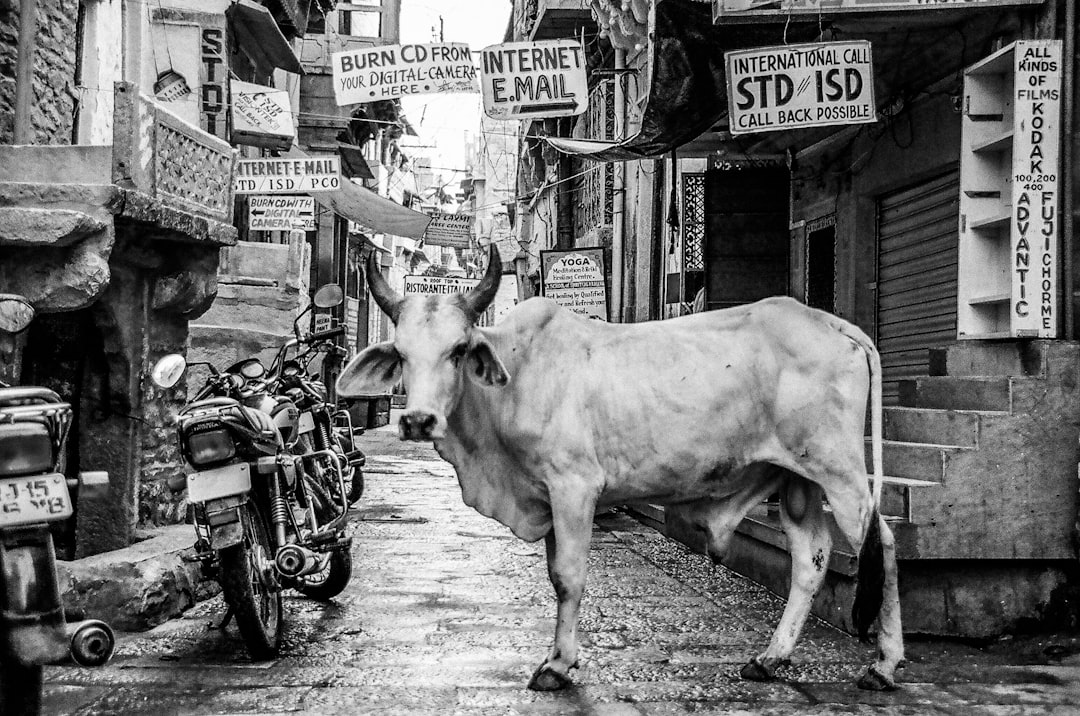Cattle are a vital resource for the agricultural industry, but they are susceptible to a variety of diseases that can significantly impact their health and productivity. Prevention and early diagnosis are fundamental to controlling common diseases in cattle, and producers should work with veterinarians and animal health professionals to ensure the health and welfare of their livestock. This post explores some of the most common diseases affecting cattle globally and outlines strategies for their prevention and control.
Common Diseases in Cattle
-
Mastitis: Mastitis is an inflammation of the udder that reduces milk production and can affect food hygiene. It can be caused by bacteria, viruses, or fungi, with symptoms including swelling, pain, and redness of the udder. Staphylococcus is more frequent in commercial farms, while E.coli, Proteus, and Candida albicans are more common in other settings. Pseudomonas aeruginosa is more prevalent in desert climates.
-
Bovine Spongiform Encephalopathy (BSE): BSE is a neurodegenerative disease caused by abnormal proteins called prions that accumulate in the brain and spinal cord.
-
Foot-and-Mouth Disease (FMD): FMD is a highly contagious viral disease affecting cloven-hoofed animals, including cattle. It causes fever and blisters in the mouth and hooves1. There are several strains, namely A, O, and C, with additional strains like SAT 1, SAT 2, and SAT 3 from Africa and ASIA-1 from Asia. Transmission occurs through direct and indirect contact with infected animals and their secretions.
-
Bovine Pneumonia: This is a common respiratory disease in cattle caused by bacteria and viruses. Symptoms include fever, coughing, and difficulty breathing. Bovine herpesvirus-1 (BHV-1) is a common, highly contagious viral infection contributing to the respiratory disease complex.
-
Anaplasmosis: Anaplasmosis is a disease caused by Anaplasma marginale, transmitted by ticks, leading to anemia and coagulation problems.
-
Bovine Viral Diarrhea (BVD): This viral disease affects calves and can cause diarrhea, dehydration, and weight loss.
-
Lumpy Skin Disease (LSD): Lumpy skin disease is a serious exotic disease spread by biting flies and insects, which causes high fever, depression, scabs that can leave holes allowing for infections, watery eyes, and increase nasal and salivary secretions.
Strategies for Prevention and Control
-
Biosecurity Measures:
-
Hygiene: Maintain high hygiene standards by regularly cleaning and disinfecting animal housing.
-
Visitor Control: Limit and control farm visitors to prevent the introduction of infections. Provide footbaths containing disinfectant and clean coveralls for visitors.
-
Vehicle Management: Control vehicles and traffic patterns on the farm to prevent the spread of contaminated material.
-
-
Vaccination Programs:
-
Disease Prevention: Vaccinate against specific diseases if it is cost-effective or a human health risk.
-
-
Early Detection and Rapid Response:
-
Monitoring: Regularly monitor cattle for signs of illness.
-
Quarantine: Isolate new or returning stock to prevent disease spread.
-
Testing: Conduct regular disease testing to identify and manage health issues early.
-
-
Nutrition and General Management:
-
Balanced Diet: Ensure animals receive a balanced diet to enhance their immune systems.
-
Clean Environment: Provide a clean calving environment to prevent the spread of diseases.
-
-
Manure and Fly Management:
-
Manure Handling: Plan and install manure transfer and storage systems to prevent environmental contamination.
-
Fly Control: Control the fly population by removing manure and using traps or insecticides.
-
-
Veterinary Consultation:
-
Health Plan: Make a health plan with your veterinarian for your herd, including isolation for new or returning stock.
-
By implementing these strategies, cattle farmers can significantly reduce the incidence and impact of common diseases, promoting healthier and more productive herds.
Citations:
- https://www.veterinariadigital.com/en/articulos/common-diseases-in-cattle/
- https://www.gov.uk/guidance/disease-prevention-for-livestock-farmers
- https://www.thecattlesite.com/knowledge-centre/diseases
- https://www.vet.cornell.edu/animal-health-diagnostic-center/programs/nyschap/modules-documents/managing-health-risks-when-introducing-cattle
- https://www.fao.org/4/t0756e/t0756e03.htm
- http://www.ontario.ca/page/biosecurity-health-protection-and-sanitation-strategies-cattle
- https://www.pir.sa.gov.au/__data/assets/pdf_file/0011/432569/cattle-diseases-farmers-guide.pdf
- https://mbfp.mla.com.au/herd-health-and-welfare/1-disease-prevention/

Comments
No comments yet. Be the first to comment!
You must be logged in to comment. Login